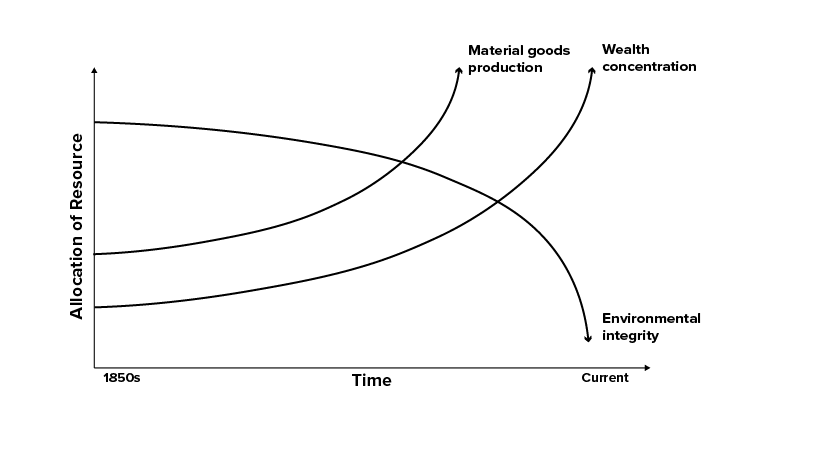The competitive configuration of global marketplaces set the stage for the continuous development of a diverse array of products and services and the organization that created them. Planned obsolescence of products was a legal mechanism to stimulate economic growth, and wealth concentration encouraged firms to continuously reinvent their offerings before the end of the product’s lives. Hence, innovation became the mechanism through which organizations overproduced material goods to guarantee their competitive performance.
Over 50 years, awareness of environmental destruction and social disparities has challenged how organizations allocate resources. Natural resources, for example, are extracted, transformed, and transformed into standardized offerings, but significant wastes are generated at each stage, particularly after they have been discarded by users. Additionally, the processes through which natural resources are mobilized have often been determined by the specific interests and agenda of leading firms, raising concerns about power dynamics, injustice, and inequity in allocating benefits and burdens from resource flows.
